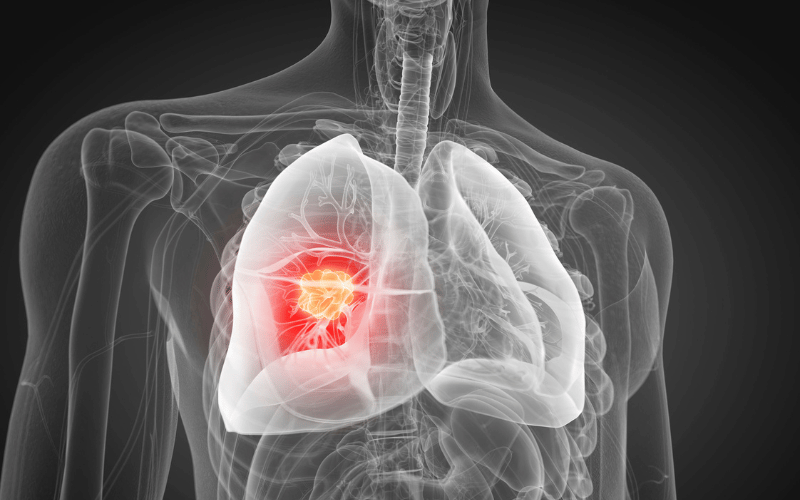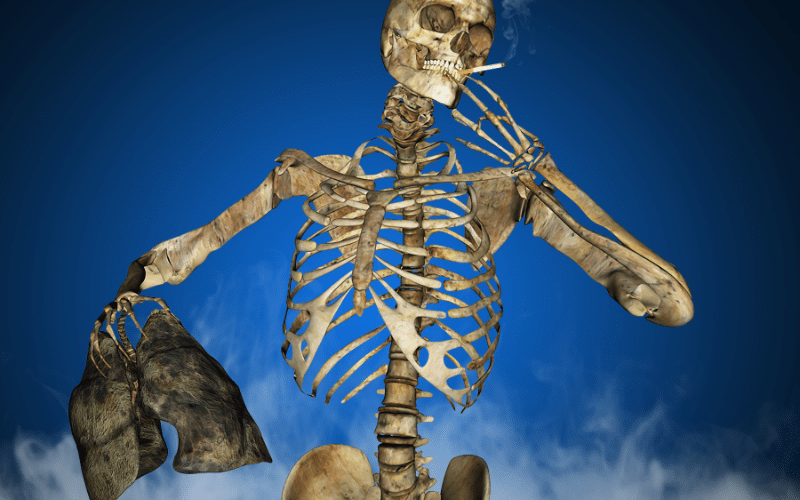Introduction: A Deep Dive into the Ten Causes of Lung Cancer

Lung cancer has been casting its ominous shadow for decades, affecting millions and often serving as a grim reminder of the fragility of human life. It’s a disease that comes with numerous triggers, and the scope of those causes is broader than many might think. It’s not just the act of smoking; many environmental and lifestyle factors contribute to this deadly ailment. But why do some people get it while others don’t? Well, that’s precisely what this article aims to uncover.
You might be asking yourself, “Why should I know these causes?” Simply put, knowledge is power. When you’re aware of what might place you at risk, you can take precautionary measures to mitigate those risks. Whether it’s avoiding exposure to certain elements or reassessing your lifestyle, each step could make a significant difference. As you dive into this article, keep in mind that it’s not about scaring you; it’s about arming you with the information to make better life choices.
That said, don’t let this information overwhelm you. The purpose of digging deep into the roots of lung cancer is to offer a heightened sense of awareness. We want to give you the tools to protect yourself and your loved ones, and part of that is understanding that several factors can contribute to the development of this form of cancer.
Through this article, we’ll guide you through the ten most significant causes of lung cancer, offering detailed insights into each one. We’ll also discuss some frequently asked questions, aiming to resolve any queries or misconceptions you may have. Think of this as your go-to source for understanding what could potentially put you on a path leading to a lung cancer diagnosis.
1. Smoking Cigarettes: A Silent Predator

The act of lighting up a cigarette and inhaling its smoke remains the most significant contributor to lung cancer. It’s not just a bad habit; it’s a lethal one, responsible for the majority of lung cancer cases. Interestingly, cigarettes contain over 7,000 chemicals, many of which are proven carcinogens.
When you puff on a cigarette, you’re not just getting a nicotine hit. You’re filling your lungs with a toxic soup of chemicals. Each inhale leaves a residue on the delicate tissues lining your lungs, causing cellular changes that can be the first step on the path to cancer. Some of these toxins can remain in your body for years, continuing their destructive work long after you’ve stubbed out your last cigarette.
The numbers are equally startling. Compared to non-smokers, smokers are 15 to 30 times more likely to develop lung cancer or die from it. The risk isn’t just restricted to heavy smokers; even “light” smoking can double your risk. It’s no wonder why cigarettes are often called “cancer sticks.”
Chemicals like acetaldehyde, acrolein, and formaldehyde in the cigarette smoke interact with DNA in the lung cells, causing mutations. Over time, these mutations accumulate, and normal cells turn into cancer cells. The transformation is often slow but devastatingly effective, leading to different forms of lung cancer like small cell and non-small cell lung cancer.(1)